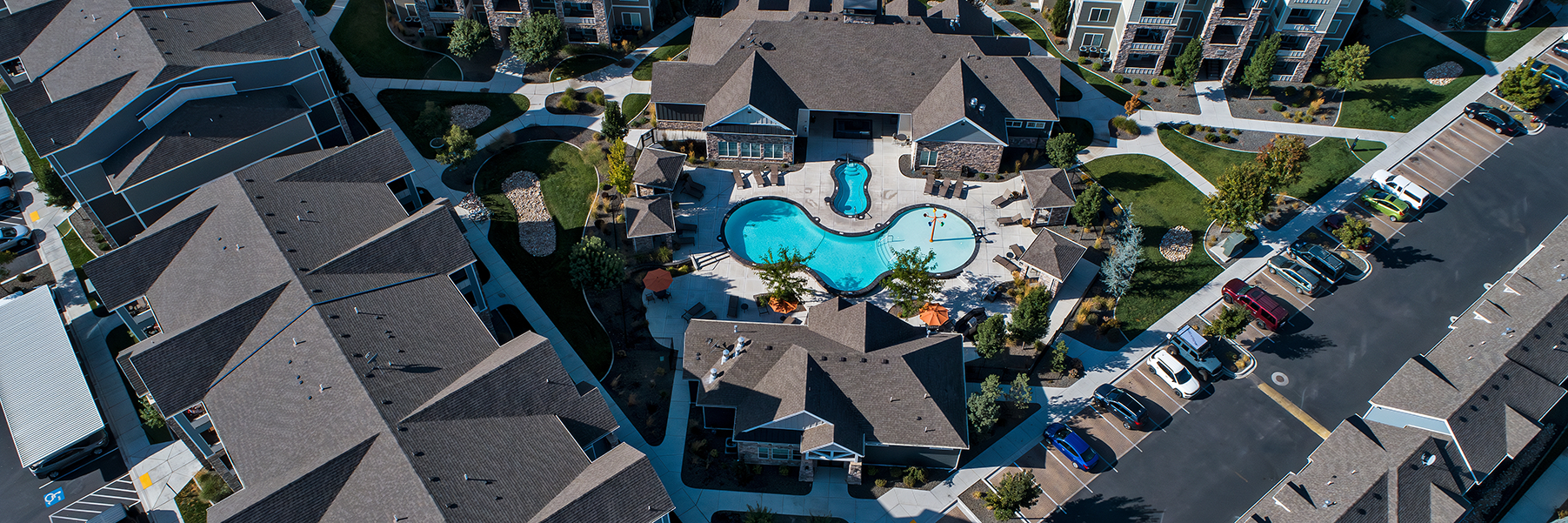
I recently watched the movie The Founder on Netflix, starring Michael Keaton. The Founder is a compelling story about American inspiration, ambition and greed.
Love it or hate it, McDonald’s is one of America’s most recognized brand names and greatest success stories. Its success is partly because of its ability to streamline its operations and give consumers what they want in the most efficient way possible.
As the story goes, a salesman named Ray Kroc visited the McDonald brothers to sell them milkshake blenders. Mac and Dick McDonald were proud of their operation and were delighted to show Kroc their unique system that allowed them to deliver food to customers in 30 seconds. As a result, hungry consumers flocked to their establishment.
An intriguing part of the film was watching the McDonald brothers in action, developing what they called “The System.” Here is the three-minute clip from the movie about this system.
“Our whole concept was based on speed, lower prices, and volume,” Dick McDonald recalled. “We were going after big, big volumes by lowering prices and by having the customer serve himself.”
By focusing on those goals of speed, low prices, and high volume, they created systems that are still the core of the quick-service industry.
When he pitched the idea of franchises to the McDonald brothers, he didn’t hesitate to think big. “Visions of McDonald’s restaurants dotting crossroads all over the country paraded through my brain,” Kroc later recalled.
At first, the brothers politely declined. They were content with the decent living they made running their store in California. Kroc persisted, explaining that he would help open all the stores—doing all the hard work—and the brothers would just sit around and collect royalties. They eventually agreed.
Kroc spent the next few years perfecting the processes of McDonald’s with his own store in Illinois. He began opening franchises throughout the Midwest and then throughout the country.
One thing that wasn’t mentioned in the movie but is well known about the organization is their detailed written procedures of how “The System” worked. Kroc and his team documented the systems and procedures into an operations manual. Still early in the company’s history in 1961, Kroc launched a training program, later called Hamburger University, at a new McDonald’s restaurant in Elk Grove Village, Illinois. There, franchisees were trained on the proper methods for running a successful McDonald’s restaurant.
They held classes to train not only the franchise owners but also their staff on how to use them. Trained on “The System,” the staff was then able to run the business without the owner(s) having to be onsite.
The goal here was, to give any franchise owner the ability to be an absentee owner by managing remotely. Thus, by not having to be onsite but having great systems, they could own and manage multiple locations that operated clean, efficiently and profitably.
This systematic approach empowers an owner to truly OWN their business, not just have a JOB inside the business, like the McDonald brothers.
After watching the movie and reading more about the success of McDonald’s, I feel there are many lessons we can learn. Here are a few that struck me:
- Be Curious – Curiosity is important to breakout success. Ray Kroc wasn’t terribly successful selling milkshake machines, but when he got an order of six machines from a far away restaurant, he got curious to understand why so many of these blenders were needed by a single restaurant.
- Be Better – When a business provides what customers need, it doesn't have to convince customers and look for them. Supply of the right product creates demand. Drive-in restaurants were already popular places in America but the wait was usually long, and often food orders were incorrect when they arrived. But no one perceived the system was broken. As compared to many other restaurants that Ray Kroc visited, McDonald’s was able to serve high-quality food at lightning-fast speed and low cost without sacrificing quality. Though McDonald’s had huge lines, customers were happy with the food quality and service.
- Try New Things: One of Kroc’s famous quotes is, “If you’re not a risk taker, you should get the hell out of business.” Just because something hasn’t been done, doesn’t mean it can’t be. Innovators explore and tinker. They look for inspiration and ideas from various sources. Mac and Dick McDonald took the assembly line concept perfected by Henry Ford for cars--and applied it to the hamburger business. They adapted it for their business through designs on a tennis court and role-playing the daily operation of the restaurant. It was the X-factor that propelled their success.
- Surround Yourself With The Right People – There was a young man in one of Kroc’s first McDonald's that went from flipping burgers to a senior executive in the corporation after he steered Kroc into the real estate business. Even with its exponential growth, McDonald’s was close to folding until Harry Sonnenborn expanded his business model by telling him, “It's not about hamburgers, it's about real estate.”
- Build & Document Systems – As the business grows it becomes more complicated. Systemizing a business involves identifying the major business processes and procedures in your company, writing them down step by step, and streamlining and automating them for maximum efficiency and productivity. The major benefit of creating systems in your business is that it will save time by providing the solution to situations that have been dealt with previously. It allows other workers to follow the same procedure the founders would to solve a problem, freeing up time and making employees more productive.
- Think Big – Kroc didn’t invent McDonald’s, but he saw the vision of what it could be. Thinking big requires stretching the boundaries of possibilities. It enables the acceptance of new challenges and creation of capabilities to overcome those challenges. The McDonald brothers innovated and mastered the efficient restaurant business model and decided to have one “best in class” restaurant instead of multiple mediocre restaurants. Ray Kroc thought big, and through persistence innovated and mastered the art of business expansion through the franchisee model.
As an owners and managers of multifamily properties, we see some owners that are continually experimenting and trying new things. We also see those who are doing things the same way they’ve done for years.
At Ascent, our principals have been perfecting multifamily accounting processes for more than 20 years. We’ve been constantly looking for ways to streamline the process. Whether that means moving an owner’s properties to one software platform or streamlining the Accounts Payable process, we believe there is always a better way to do things.
We found that systemizing a back office was incredibly valuable to property owners. We did this by increasing efficiency in a way that had never been done before. Our clients typically save 30-50 percent on their previous costs for operating their back offices, and our case studies demonstrate this revolutionary business process.
At Ascent, our passion is making multifamily accounting as efficient as possible. When your back office runs smoothly, you can spend your time doing what you do best and enjoy the most. Whether you want to grow your business with new properties, visit your properties on a consistent basis or simply improve the value of your portfolio, we can help. With no surprises or plot twists.



